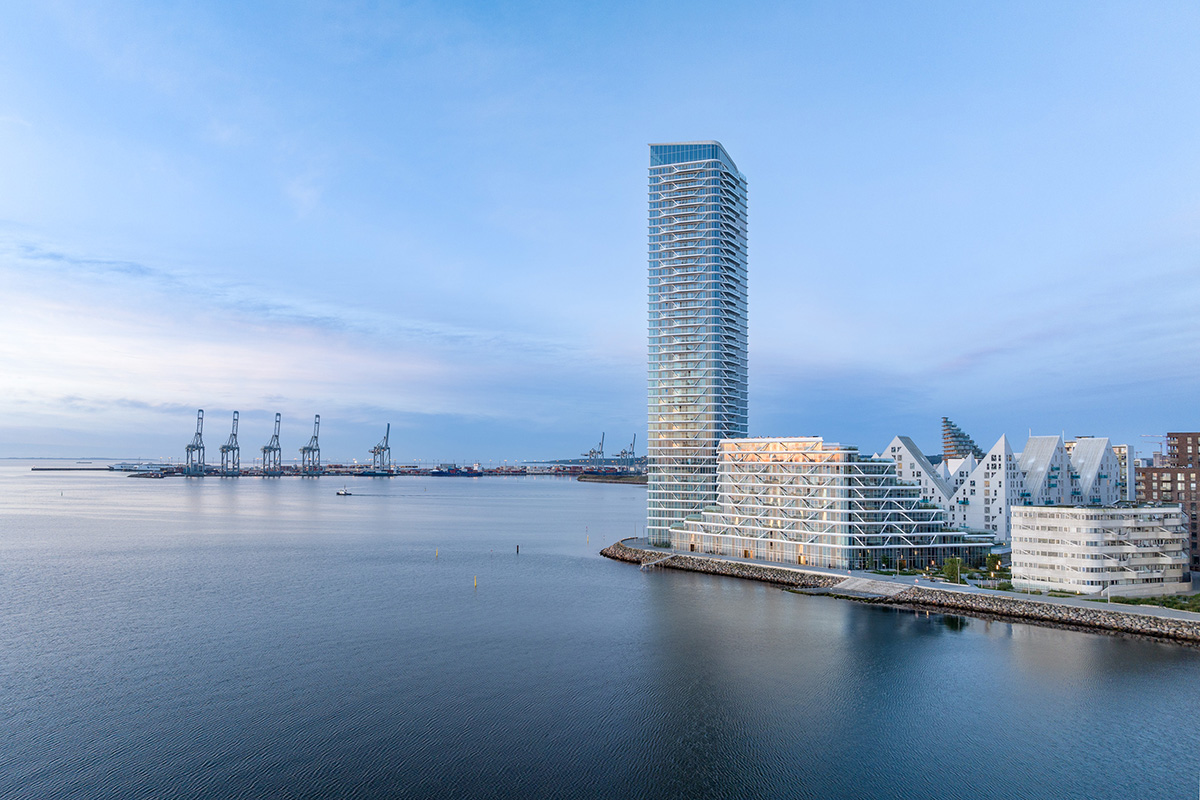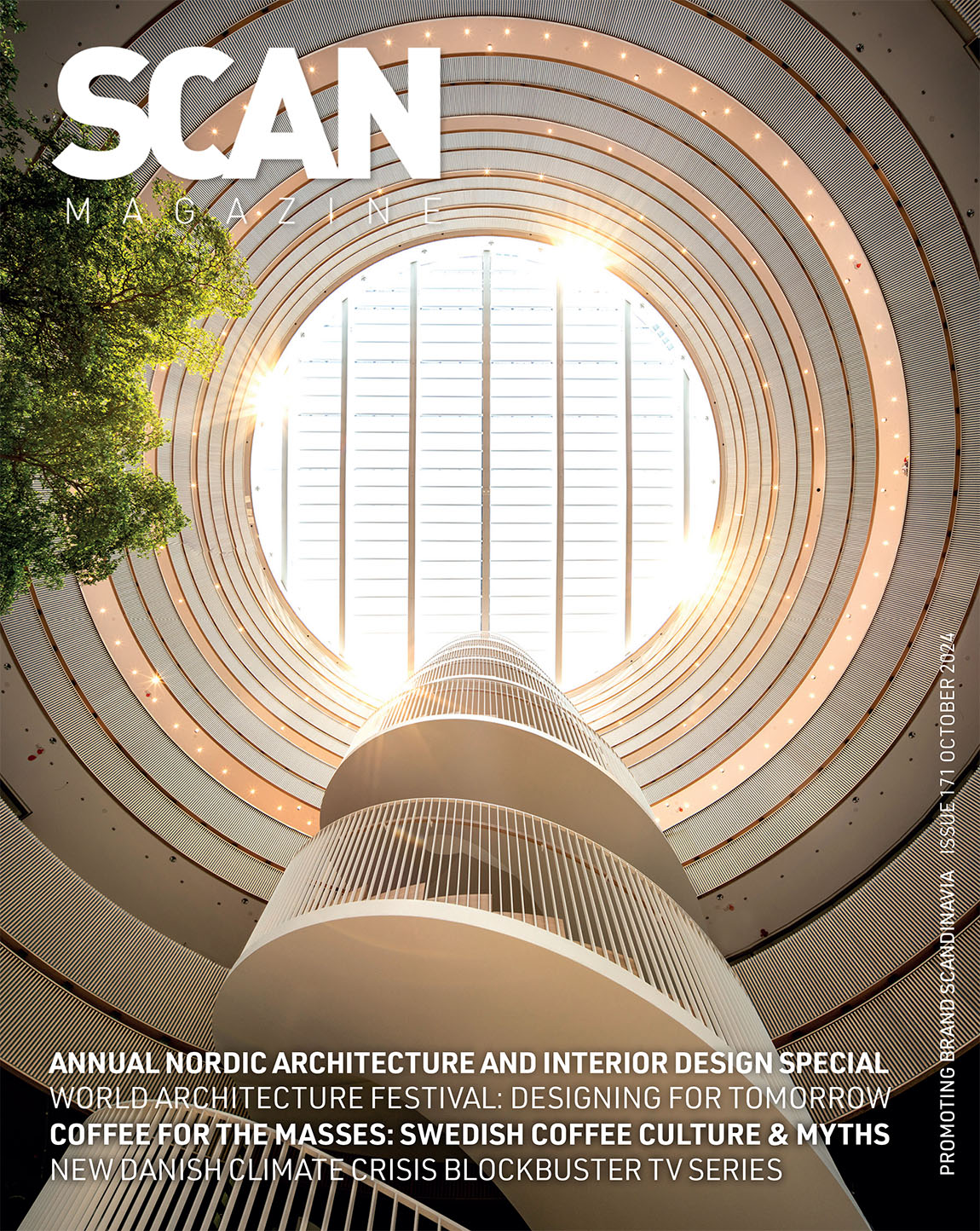Scandinavian minimalism, the impact of a timeless design aesthetic
By Signe Hansen
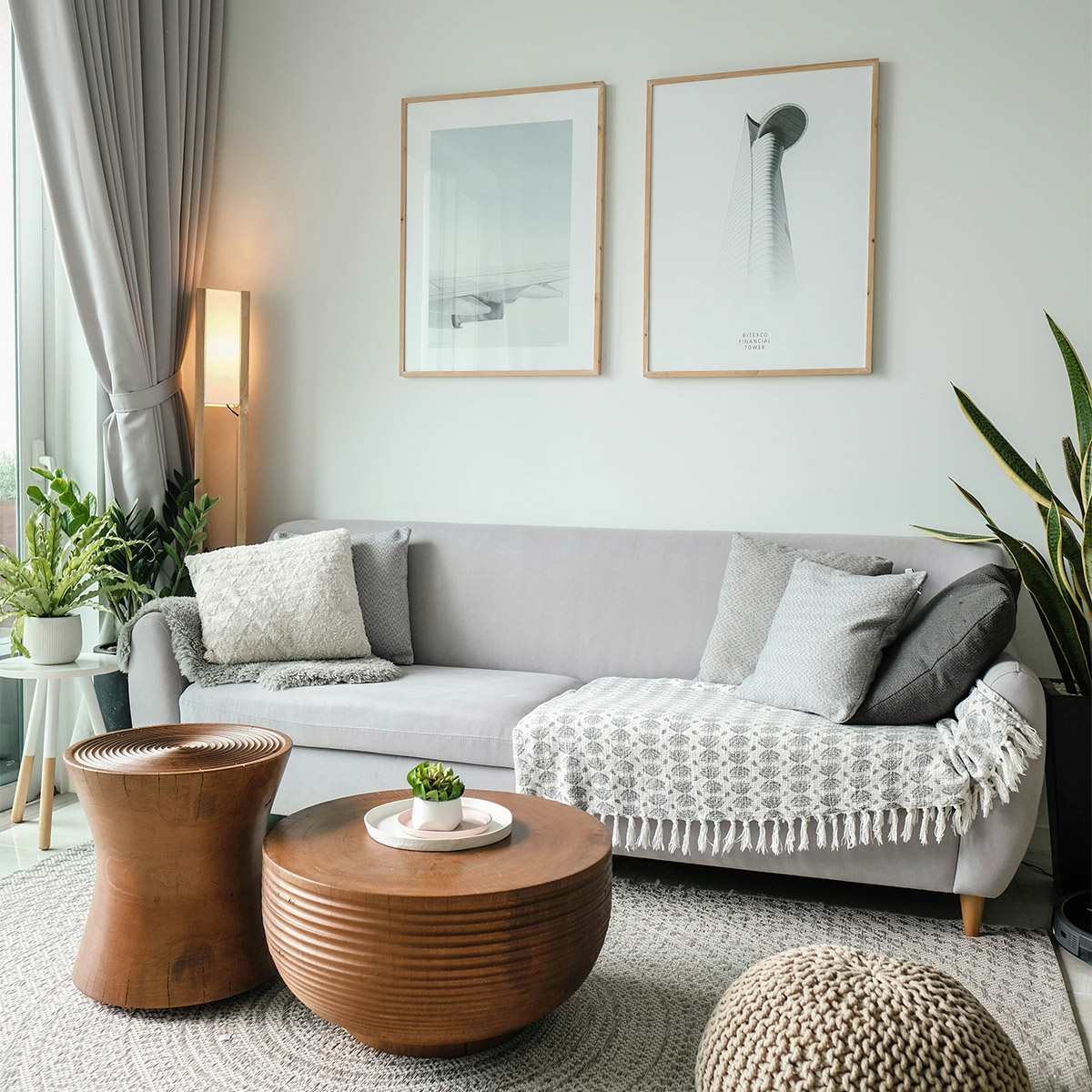
Photo: Unsplash
In recent decades, the popularity of Scandinavian minimalism has transcended its Nordic roots to become a global design phenomenon. From Tokyo to New York, minimalist interiors with clean lines, neutral colour palettes, and natural textures provide a retreat from the clutter of endless accessories, cheap furniture, and short-lived design trends. We look at the origin of the movement and its core elements.
In a world where mindless consumption and visually noisy environments compete to clutter our minds, Scandinavian minimalism stands out with a philosophy of simplicity and elegance. Originating from the Nordic countries of Denmark, Norway, Sweden, Finland, and Iceland, the aesthetic movement has, today, become a global phenomenon, influencing architecture, interior design, and lifestyle choices worldwide. Tellingly, one of the best-known works of Scandinavian minimalism, the Sydney Opera House, is located on the opposite side of the planet from the home of its designer Danish architect Jørn Utzon. Showcasing the timeless and borderless appeal of Scandinavian minimalism, its clean geometric forms of large layered concrete shells have made it a major tourist attraction and, in 2007, earned it a place among UNESCO’s World Heritage Sites.
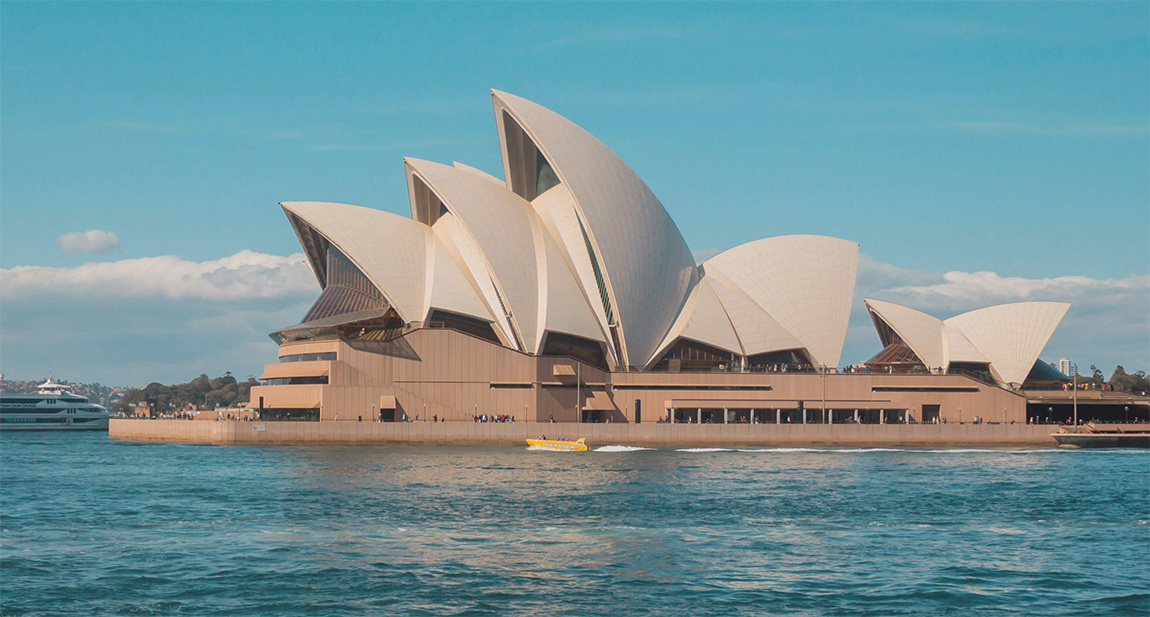
Sydney Opera House, designed Jørn Utzon. Photo: Pexels
The design movement first gathered momentum in the mid-20th century as Scandinavian designers influenced by the Bauhaus movement began emphasising clean lines and functionalism. The appreciation of the trend was, however, not immediate or all-encompassing. Not at all. Famously, the creator of the Egg chair and one of the most famous designers of the movement, Danish architect Arne Jacobsen, once said: “Almost every time I make a building, some people will condemn it straight to Hell.”
And for sure, even in Scandinavia, some people still resent the movement’s insistence on putting functionality before form. However, for many Scandinavian minimalism was a welcome response to, and reflection of, the social, economic, and cultural shifts in the Nordic region.
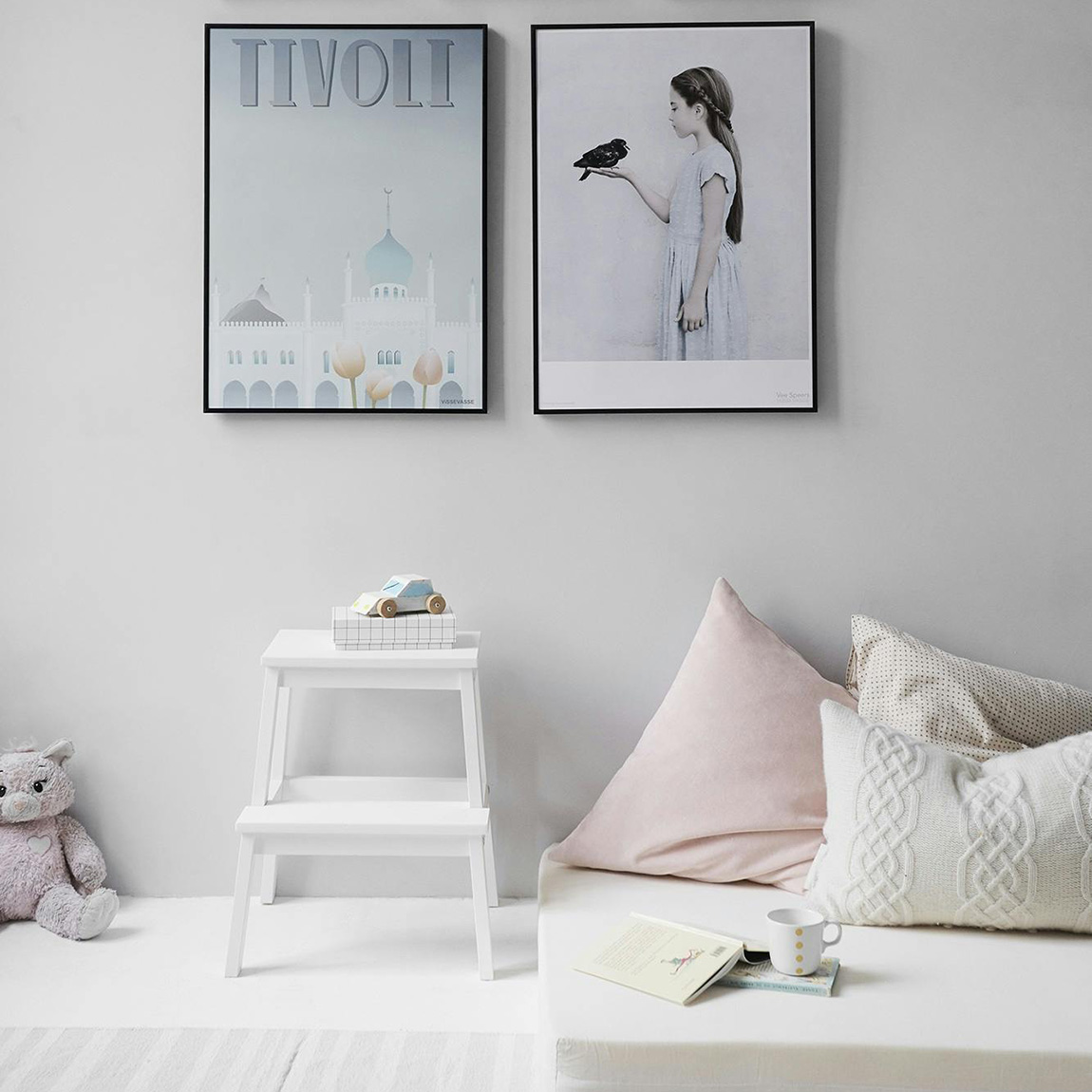
Photo: Pexels
Famous Scandinavian minimalists
One of the earliest proponents of Scandinavian minimalism was the Danish designer Kaare Klint (1888-1954), often referred to as the “father of modern Danish furniture design.” Klint’s designs, characterised by their simplicity and functionality, laid the foundation for the minimalist aesthetic that would come to define Scandinavian design.
Another pivotal figure in the development of Scandinavian minimalism was Alvar Aalto (1898-1976), a Finnish architect and designer renowned for his organic approach to architecture and furniture design. Aalto’s use of natural materials such as wood and his emphasis on human-centric design principles greatly influenced the evolution of Scandinavian minimalism. His legendary Savoy Vase is one of the many designs still produced by the globally renowned Finnish design brand Iittala.
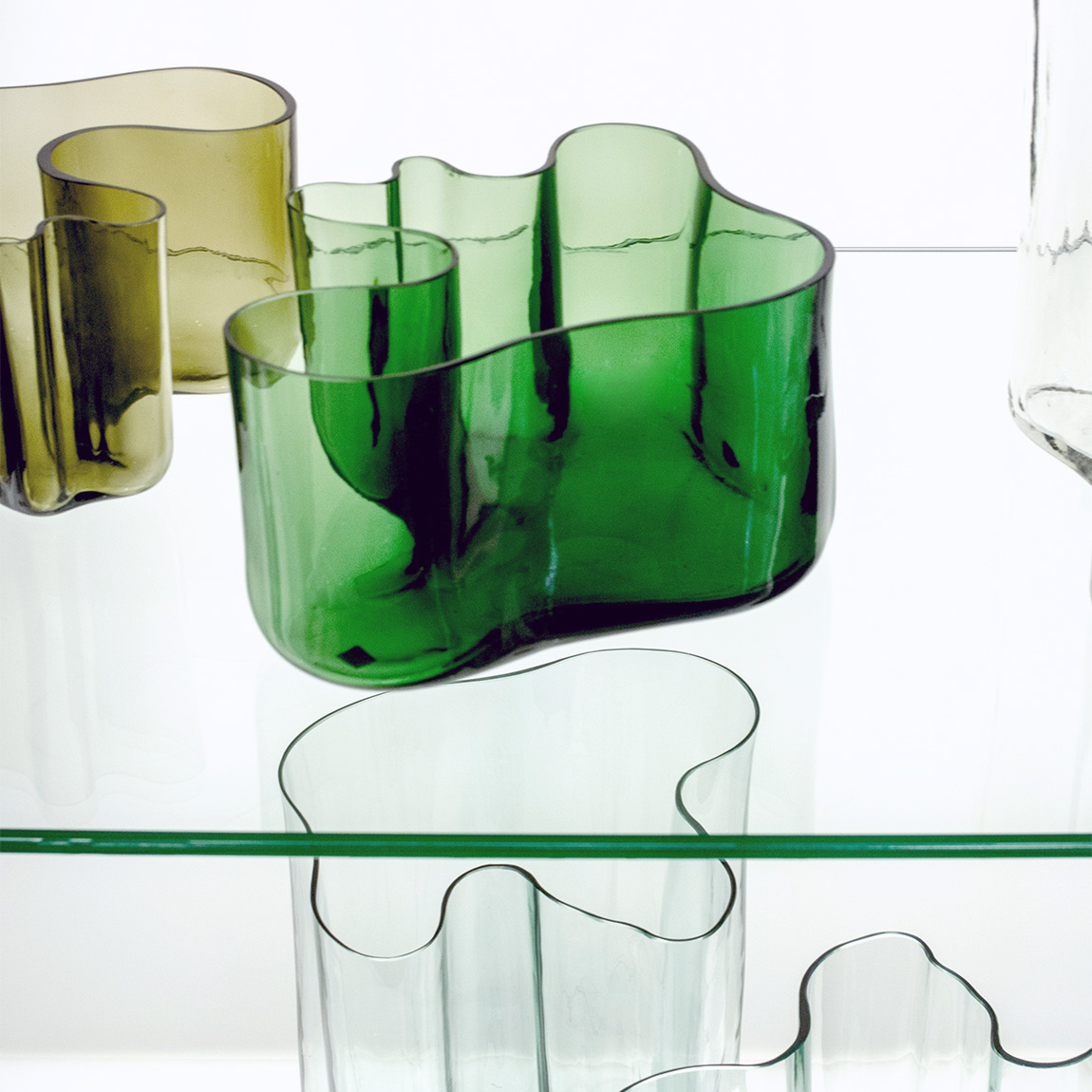
Iittala vases. Photo: Unsplash
Throughout the mid-20th century, Scandinavian minimalism continued to evolve, with Danish designers like Arne Jacobsen and Hans Wegner making significant contributions to the movement. Among the very few pieces of furniture that are broadly recognised by people all over the world, Jacobsen’s iconic Egg Chair and Wegner’s timeless Wishbone Chair are quintessential examples of Scandinavian minimalism. Today, the chairs are produced by the Danish furniture manufacturers Fritz Hansen and Carl Hansen, and despite their considerable price tag, it is no exaggeration to say that nearly every second home in Denmark will have one or the other, proving their timeless appeal.
Due to the simplicity of the design and the use of natural materials that develop character with age, many of the original pieces of furniture produced in the 60s and 70s are today sold as vintage pieces all over the world. But as with the above, products by many of the movement’s leading designers such as Børge Mogensen, Finn Juhl, and Paul Henningsen are also still in production. Some by the original companies founded by the designers, others, such as the Finn Juhl designs, by new design ventures that have taken upon them to revive the legacy of Scandinavian minimalism.
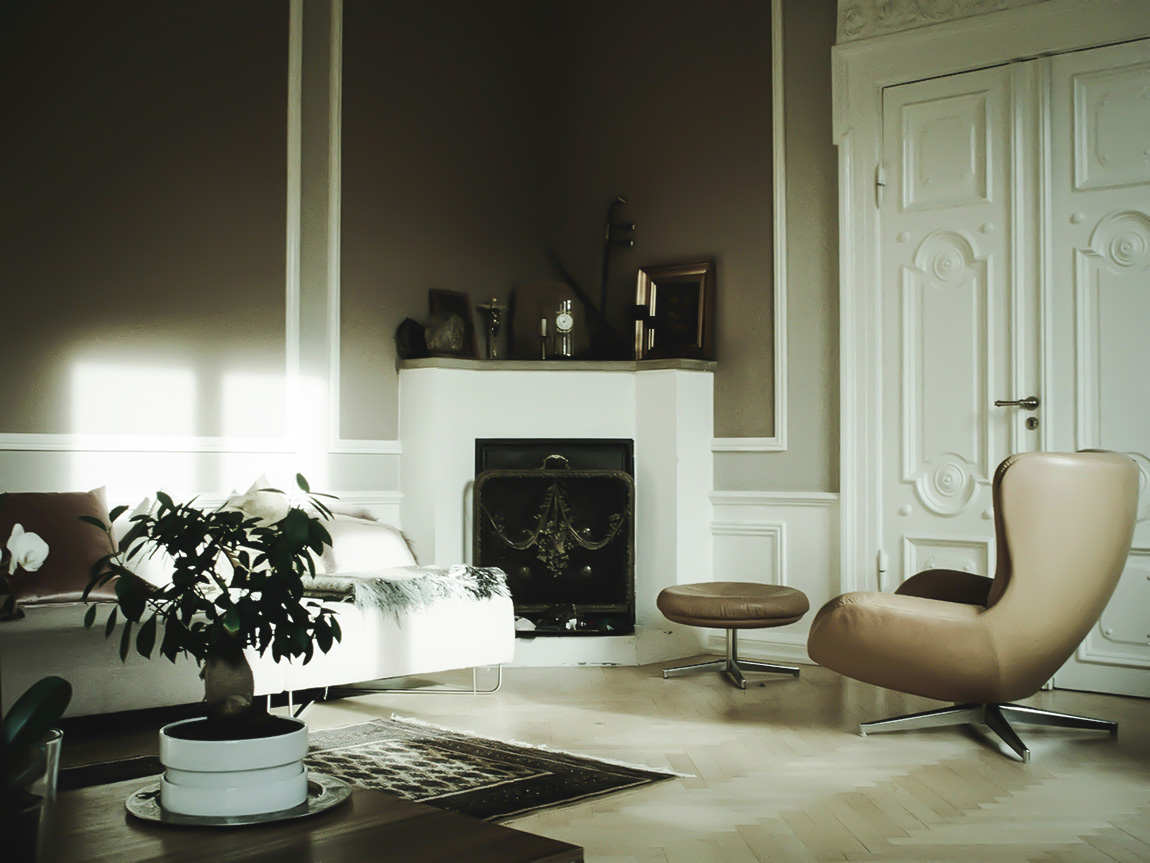
Arne Jacobsen chair. Photo: Unsplash
Carrying on the legacy
While the designs of the founders of Scandinavian minimalism are still found in new and original productions all over the world, a new generation of designers has carried on the work of the movement. Often combined with ideological elements such as sustainability, social responsibility and natural textures, the new names of Scandinavian minimalism have further increased the relevance of the movement in today’s environment of mindless overconsumption and image and capital-oriented construction.
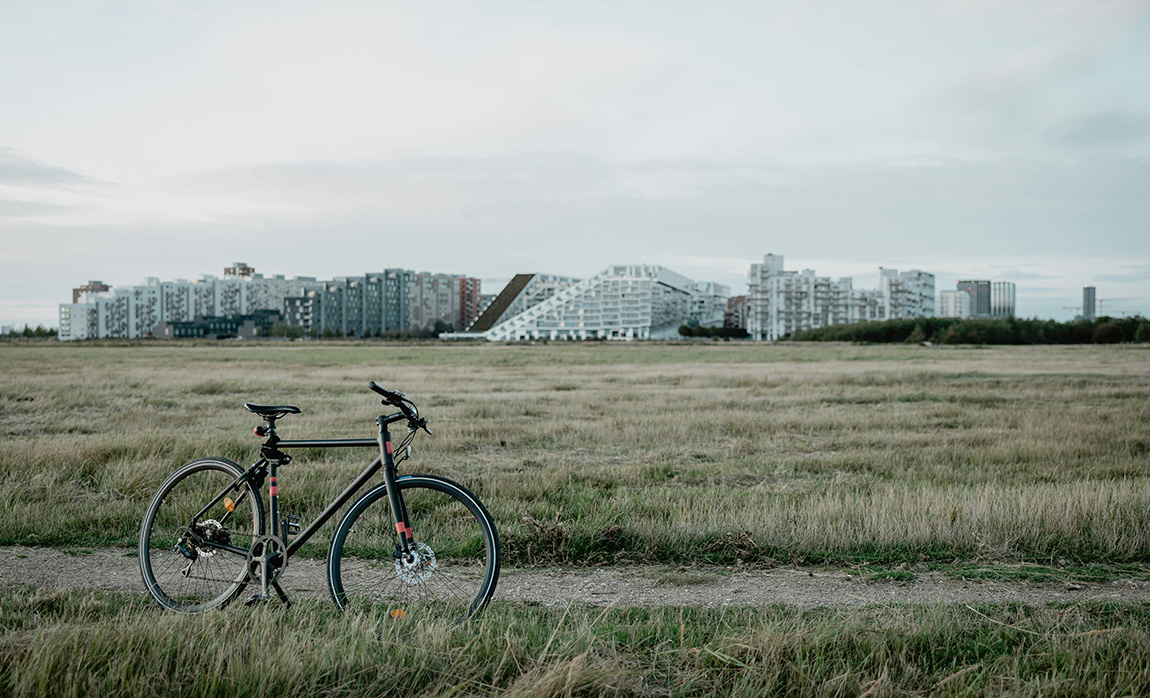
Amager. Photo: Unsplash.
One of the hottest current names is the multiple award-winning Bjarke Ingels Group (BIG). Founded by Danish architect Bjarke Ingels, BIG is renowned for its innovative approach to architecture and urban design. Combining elements of Scandinavian minimalism with bold, avant-garde concepts, the company has garnered international acclaim for projects such as the Amager Resource Centre in Copenhagen (also known as Copenhill, due to the artificial ski slope created on the building’s slanted roof) and the award-winning VIA 57 West in New York City. Recently, the company garnered attention for its striking “armadillo like” design for the A’s Las Vegas stadium, drawing instant comparisons to the Sydney Opera House.
When it comes to interior design items, companies such as Hay and Muuto continue to expand and explore the concept of minimalism. Founded and led by Danish designers, both collaborate with a diverse roster of designers from all over the world to create a wide range of furniture, lighting, and accessories that embody the spirit of Scandinavian minimalism.
Moreover, the movement has long transcended its Scandinavian roots to inspire design ventures all over the world. In the realm of interior design, the Muji stores, originating from Japan but with a design ethos deeply rooted in Scandinavian minimalism, have garnered international acclaim for their understated aesthetic and emphasis on functionality. Meanwhile, in the US, Design Within Reach has made it its mission to make available some of the classics of Scandinavian minimalism to the American audience.
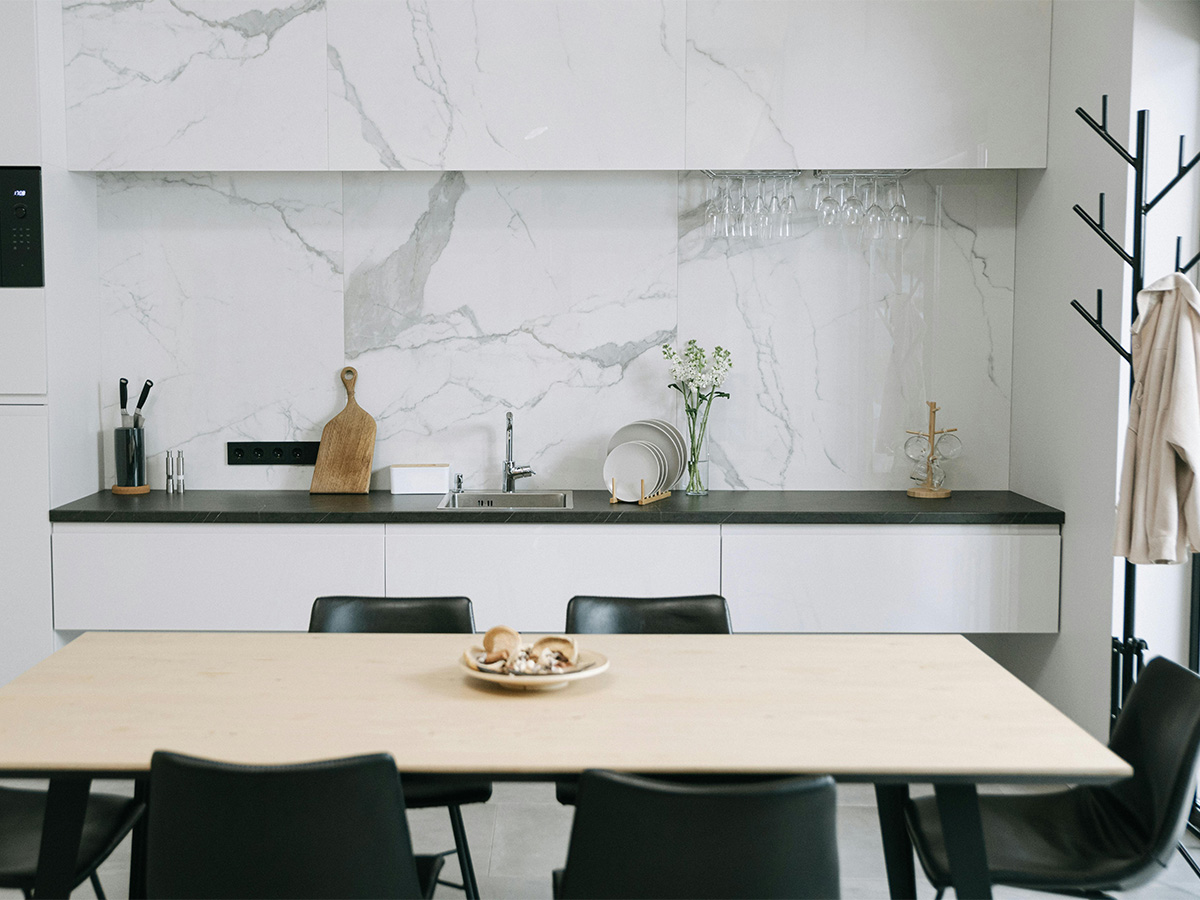
Photo: Pexels
How to create the simple elegance of Scandinavian minimalism in your home
Scandinavian minimalism emphasises simplicity, functionality, and natural elements to create spaces that are both aesthetically pleasing and practical. Here are some guidelines to follow when decorating your home according to the principles of Scandinavian minimalism:
Declutter: Clear out unnecessary items and embrace a minimalist mindset by prioritising function over excess decor. Keep only the essentials and focus on creating clean, uncluttered spaces.
Neutral Colour Palette: Stick to a neutral colour scheme, such as whites, greys, and earth tones, to create a sense of calm and openness. Use accents of muted colours sparingly to add visual interest without overwhelming the space.
Natural Light: Maximise natural light by keeping window treatments minimal or opting for sheer curtains. Natural light not only enhances the sense of spaciousness but also brings warmth and vitality to the space.
Clean Lines: Choose furniture and decor with clean lines and simple silhouettes. Avoid ornate details or excessive embellishments, opting instead for sleek and understated pieces that contribute to the minimalist aesthetic.
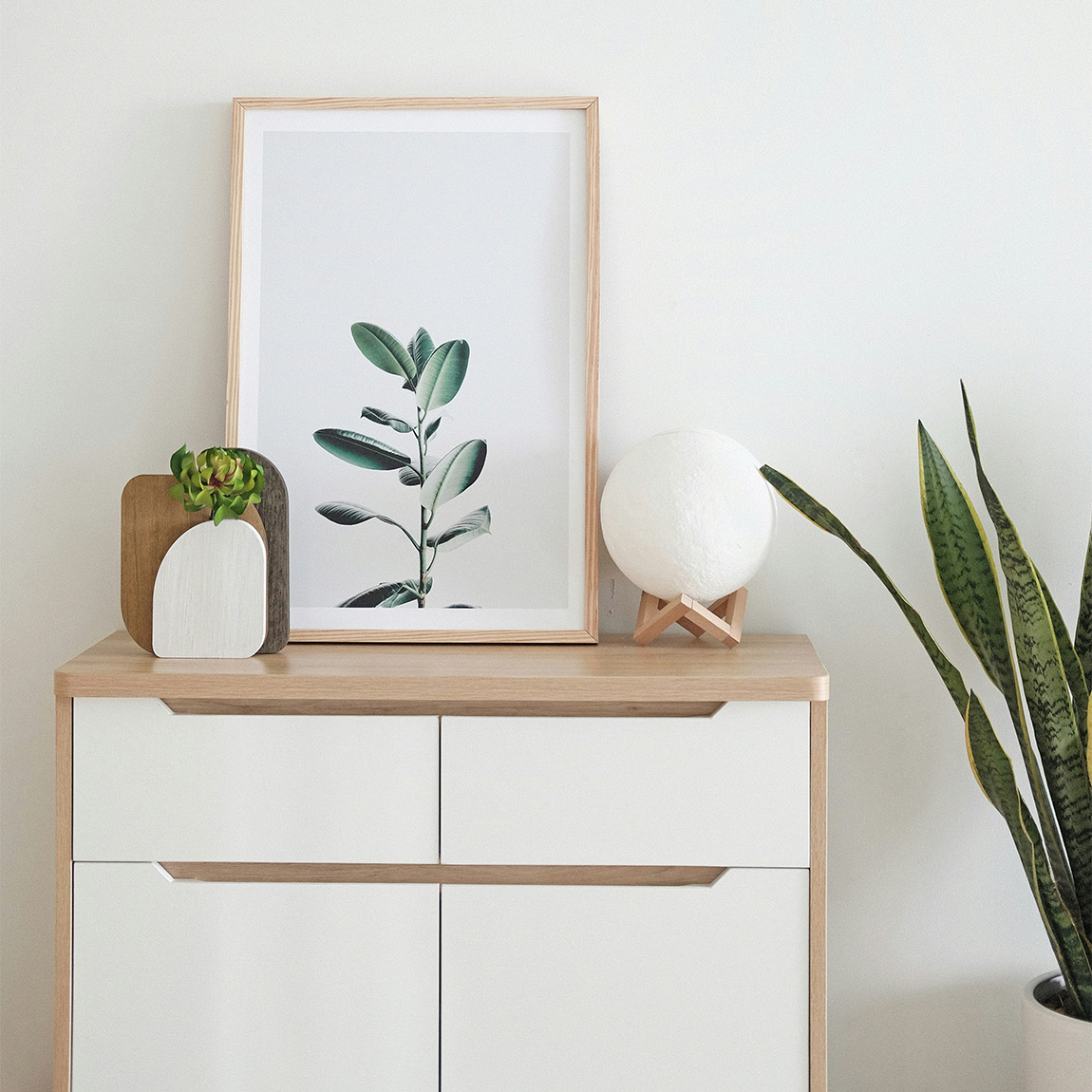
Photo: Unsplash
Quality Over Quantity: Invest in high-quality furniture and decor pieces that will stand the test of time. Prioritise craftsmanship and durability, and combine with natural materials such as wood, leather, and wool that may change and develop character rather than deteriorate over time.
Functional Design: Embrace the principle of form follows function by selecting furniture and decor that serve a purpose. Choose multifunctional pieces that maximise space and efficiency, such as storage ottomans or modular shelving systems.
Natural Elements: Incorporate elements of nature into your decor, such as plants, natural wood finishes, and stone accents. These organic elements add texture and warmth to the space, creating a harmonious connection with the natural world.
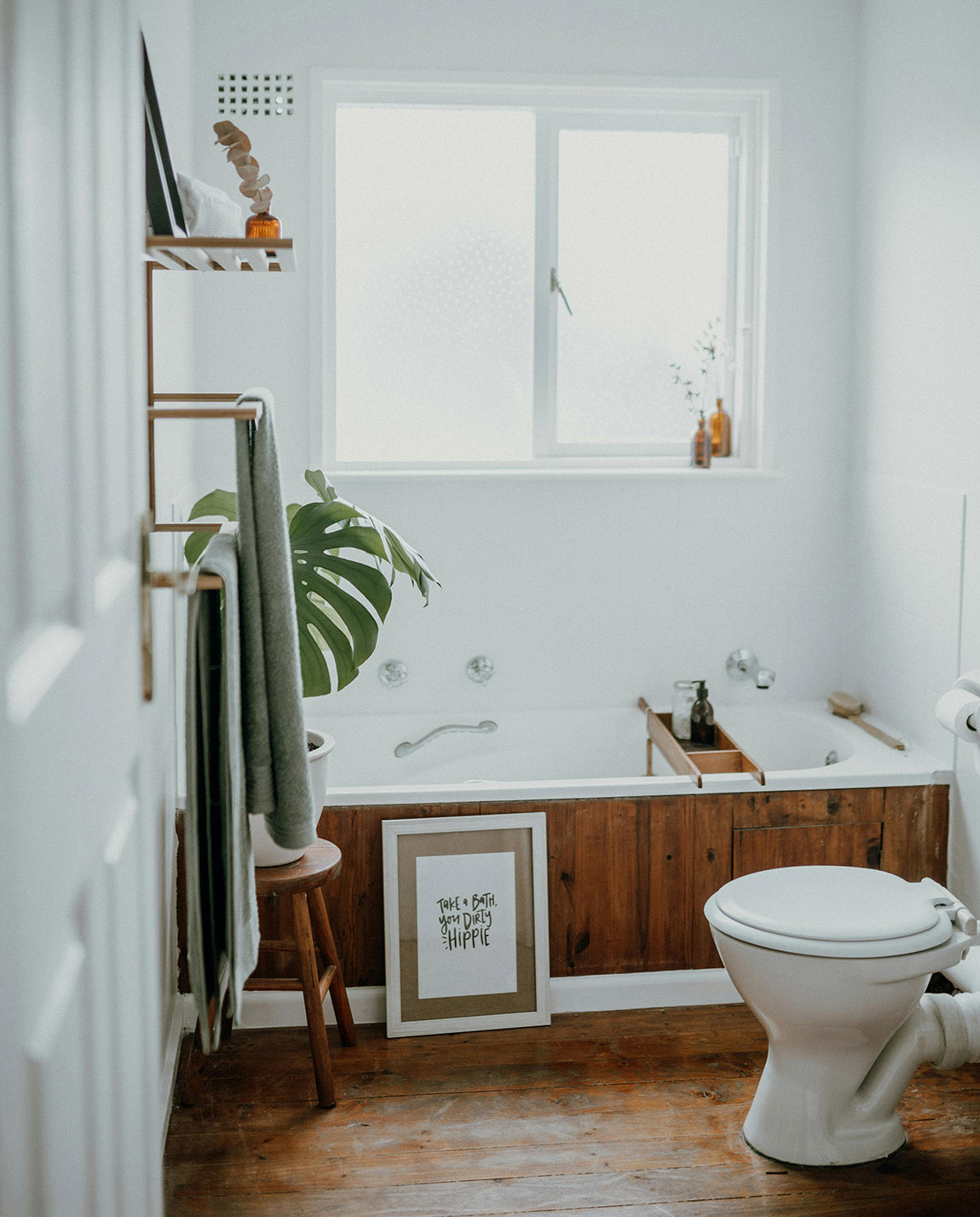
Photo: Pexels
Light as a design feature
Good lighting is a must in Scandinavian minimalism. Look for lamps that diffuse light to create comfortable living spaces and allow you to attract attention to specific design features or areas of a room. Classics such as the P.H. pendant or Le Klint lamps can bring both elegance and warmth to a space.
Negative Space: Embrace the concept of negative space by allowing areas of the room to remain empty or minimally furnished. This creates a sense of balance and tranquillity, allowing the eye to rest and the mind to relax.
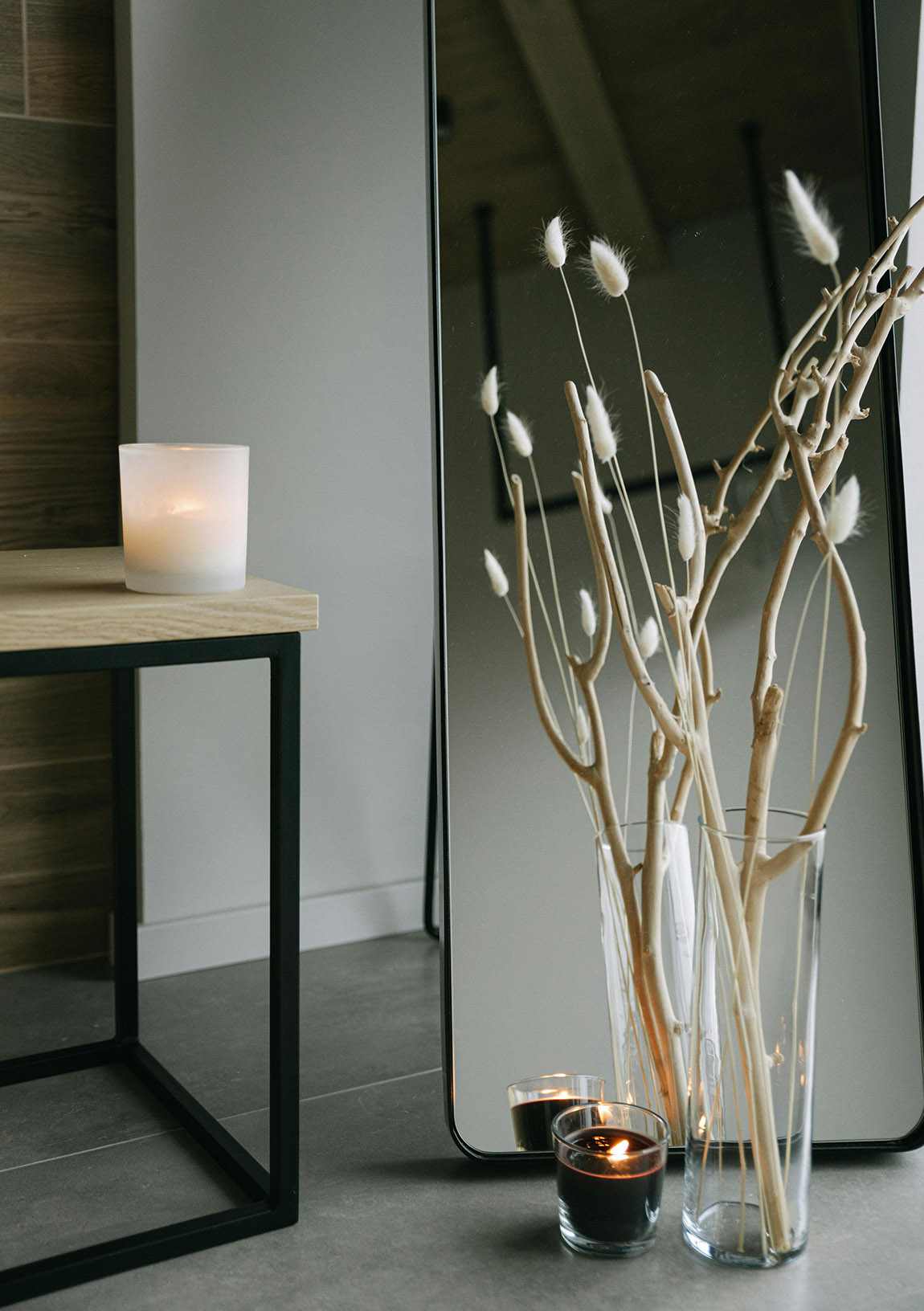
Photo: Pexels
Texture: Add visual interest to your decor by incorporating a variety of textures, such as smooth wood, soft textiles, and tactile finishes. These textural contrasts create depth and dimension, enhancing the overall visual appeal of the space.
Personal Touches: While minimalist in design, Scandinavian interiors still allow for personal expression. Incorporate meaningful artwork, family photographs, or sentimental objects to infuse the space with personality and warmth.
By following these guidelines, you can create a home that embodies the timeless elegance and understated beauty of Scandinavian minimalism while keeping at bay the urge to continuously consume new trends.
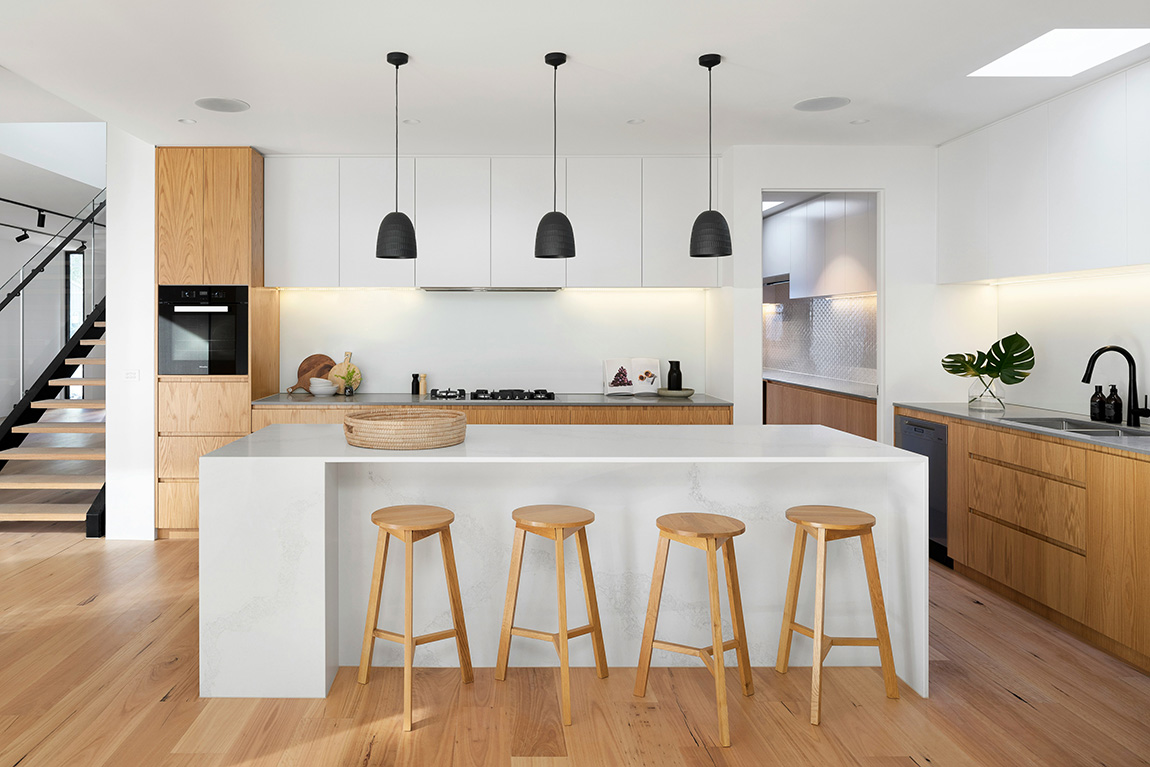
Photo: Unsplash
Subscribe to Our Newsletter
Receive our monthly newsletter by email

